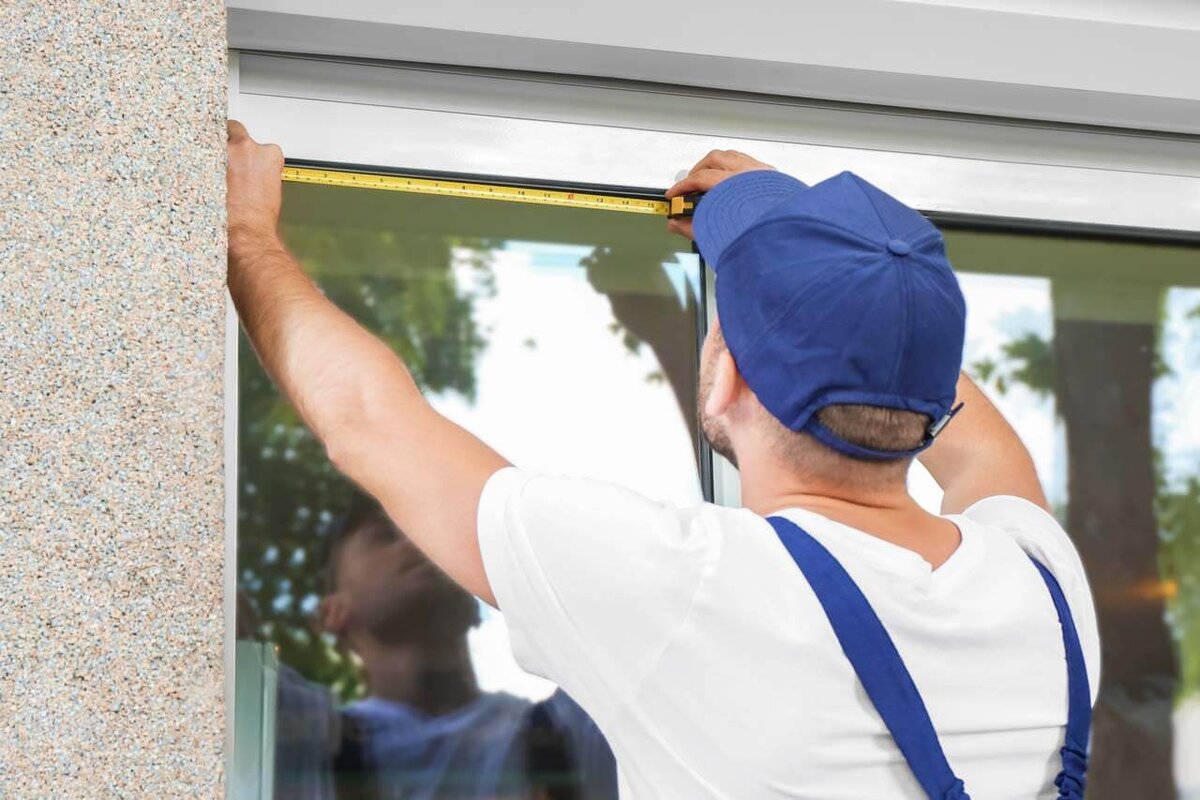Replacing windows can significantly improve your home’s energy efficiency, comfort, and aesthetics. However, before you can purchase new windows, you need to measure your existing window openings accurately. Here’s a guide on how to measure for replacement windows to ensure you get the right fit for your home.
Why Accurate Measurements Matter
Properly measuring your windows is crucial because incorrect measurements can lead to ill-fitting windows, resulting in drafts, water leaks, and increased energy costs. It also ensures a smoother installation process, saving time and money.
Tools You’ll Need
Before you start, gather the following tools:
- Tape measure
- Notepad and pen (or a measurement tracking form)
- Step ladder (if necessary)
- A helper (optional, but recommended for larger windows)
How to Measure for Replacement Windows
Step 1: Measure the Width
- Inside Jamb to Inside Jamb: Measure the distance between the inner edges of the side jambs (the vertical pieces on each side of the window frame). Take three measurements: one at the top, one in the middle, and one at the bottom.
- Record the Smallest Measurement: Write down the smallest measurement of the three. This ensures the new window will fit even if the frame is slightly uneven.
Step 2: Measure the Height
- Sill to Head Jamb: Measure from the top of the window sill (the lowest horizontal piece) to the head jamb (the topmost horizontal piece). If your window has drywall at the top instead of a head jamb, measure up to the drywall.
- Three Points: Measure at the left side, center, and right side of the window.
- Record the Smallest Measurement: Just like with the width, note the smallest height measurement.
Step 3: Measure the Depth
In most homes, measuring the window depth isn’t necessary for replacement windows. However, in rare instances, the window depth might be too narrow for a replacement. To determine the depth, open the window and measure the sill space from the front to the back of the trim. This space should be at least 3¼ inches to fit a replacement window.
Tips for Accurate Measurements
- Double-Check Measurements: Always measure twice to ensure accuracy. If you have a helper, have them read back the measurements to confirm.
- Round Up: If your measurements are not exact, round up to the nearest 1/8 inch to ensure the window will fit properly.
- Consider Window Types: Different window types may have different measurement requirements. For instance, insert windows fit within the existing frame, while full-frame replacements require more extensive measurements including trim and sometimes siding.
Understanding Different Replacement Options
Insert Window Replacement
Insert windows, also known as pocket windows, fit inside the existing window frame. This option is less invasive and preserves the existing interior and exterior trim. It’s ideal if the frames are in good condition.
Full Frame Window Replacement
This method involves removing the entire window, including the frame, trim, and sometimes part of the siding. It’s more extensive but allows for inspection and repair of any hidden damage.
Common Mistakes to Avoid
- Ignoring Frame Condition: Ensure the existing frame is in good shape. If there’s rot or damage, a full frame replacement may be necessary.
- Incorrect Measurements: Always use a sturdy tape measure and measure at multiple points.
- Overlooking Depth: Especially in older homes, window depth can vary. Accurate depth measurement is crucial for a proper fit.
In Summary
Measuring for replacement windows doesn’t have to be daunting. With the right tools and careful attention to detail, you can ensure your new windows fit perfectly, enhancing your home’s comfort and efficiency.
If you’re ever unsure about how to measure for replacement windows, don’t hesitate to contact us. Our window replacement experts are here to help you confirm your measurements before placing an order. This extra step ensures precision, avoiding costly mistakes and ensuring a successful window installation.













